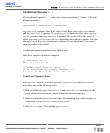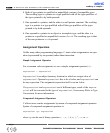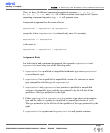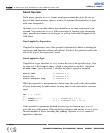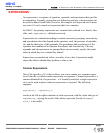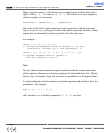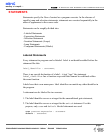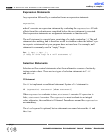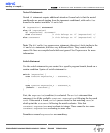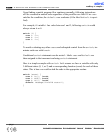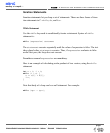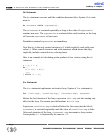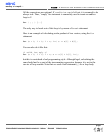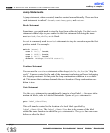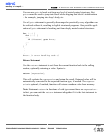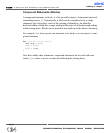
Nested if statements
Nested
if statements require additional attention. General rule is that the nested
conditionals are parsed starting from the innermost conditional, with each else
bound to the nearest available if on its left:
if (
expression1
) statement1
else if (
expression2
)
if (
expression3
)
statement2
else
statement3 /* this belongs to: if (expression3) */
else
statement4 /* this belongs to: if (expression2) */
Note: The #if and #else preprocessor statements (directives) look similar to the
if and else statements, but have very different effects. They control which
source file lines are compiled and which are ignored. See Preprocessor for more
information.
Switch Statement
Use the switch statement to pass control to a specific program branch, based on a
certain condition. Syntax of switch statement is:
switch (
expression
) {
case
constant-expression_1
:
statement_1
;
.
.
.
case
constant-expression_n
:
statement_n
;
[default :
statement
;]
}
First, the
expression
(condition) is evaluated. The switch statement then
compares it to all the available
constant-expressions
following the keyword
case. If the match is found, switch passes control to that matching case, at
which point the
statement
following the match evaluates. Note that
constant-expressions
must evaluate to integer. There cannot be two same
constant-expressions
evaluating to same value.
Parantheses around
expression
are mandatory.
.
MikroElektronika:
Development
tools
-
Books
-
Compilers
11 7
page
mikroC
- C Compiler for Microchip PIC microcontrollers
mikroC
making it simple...



